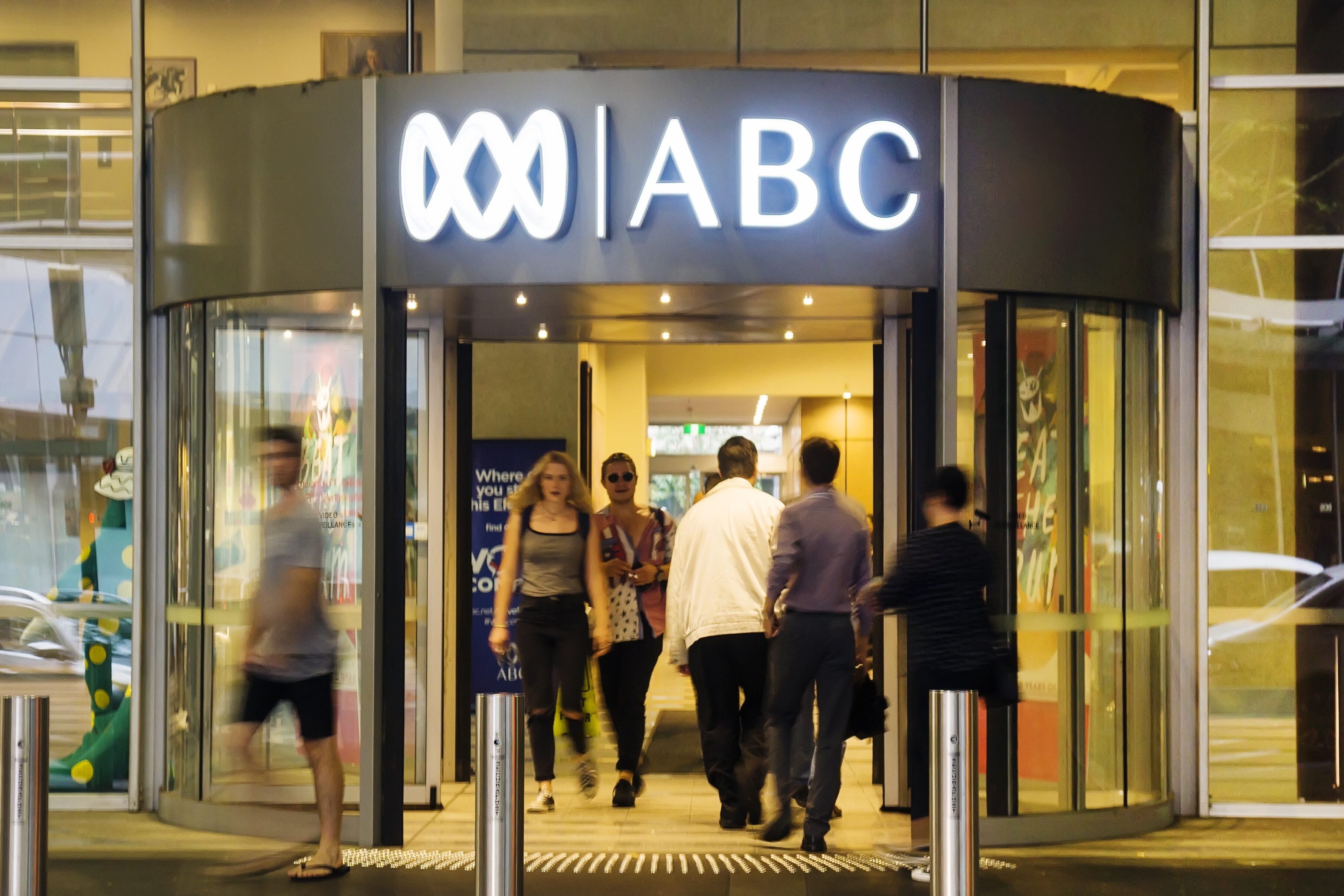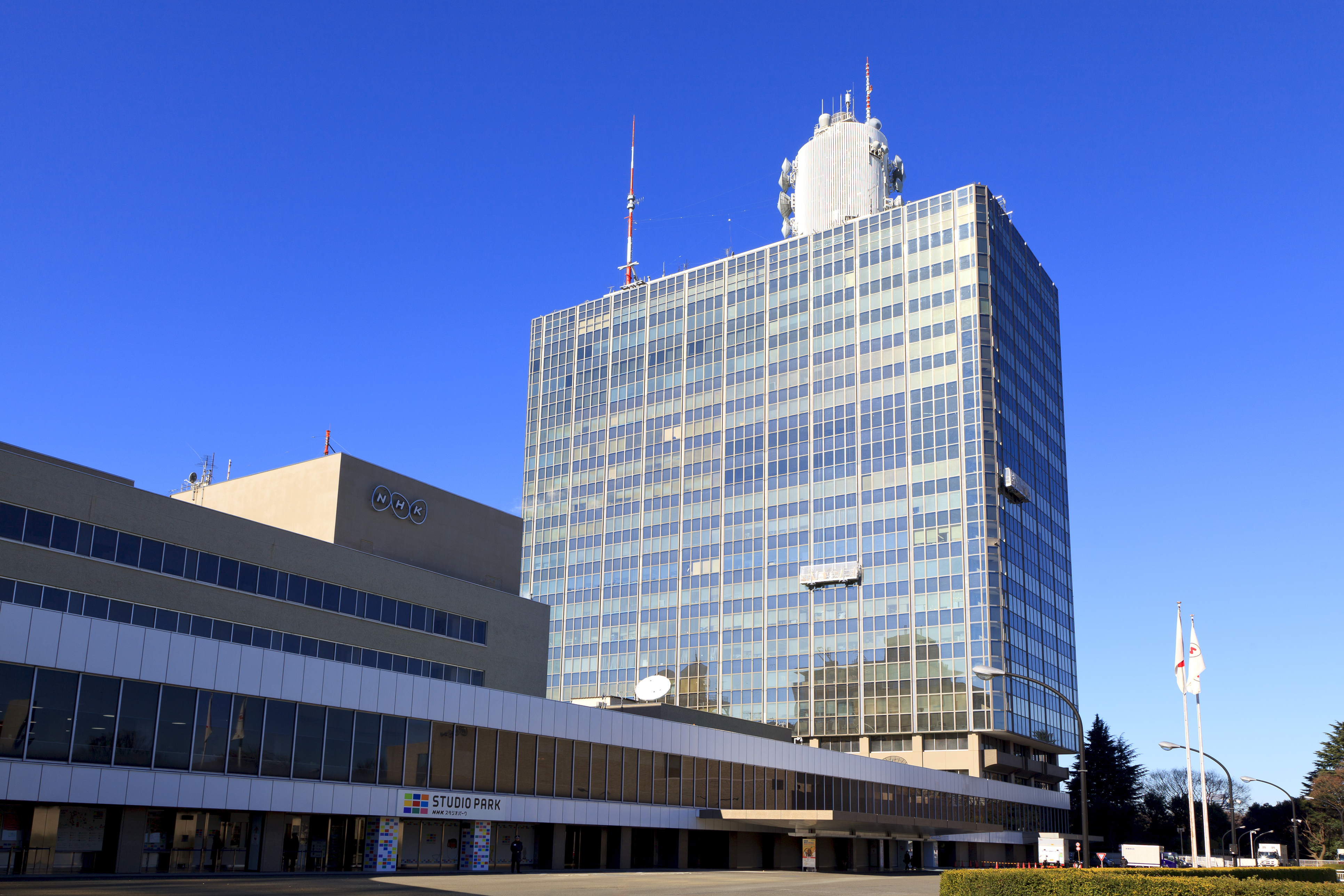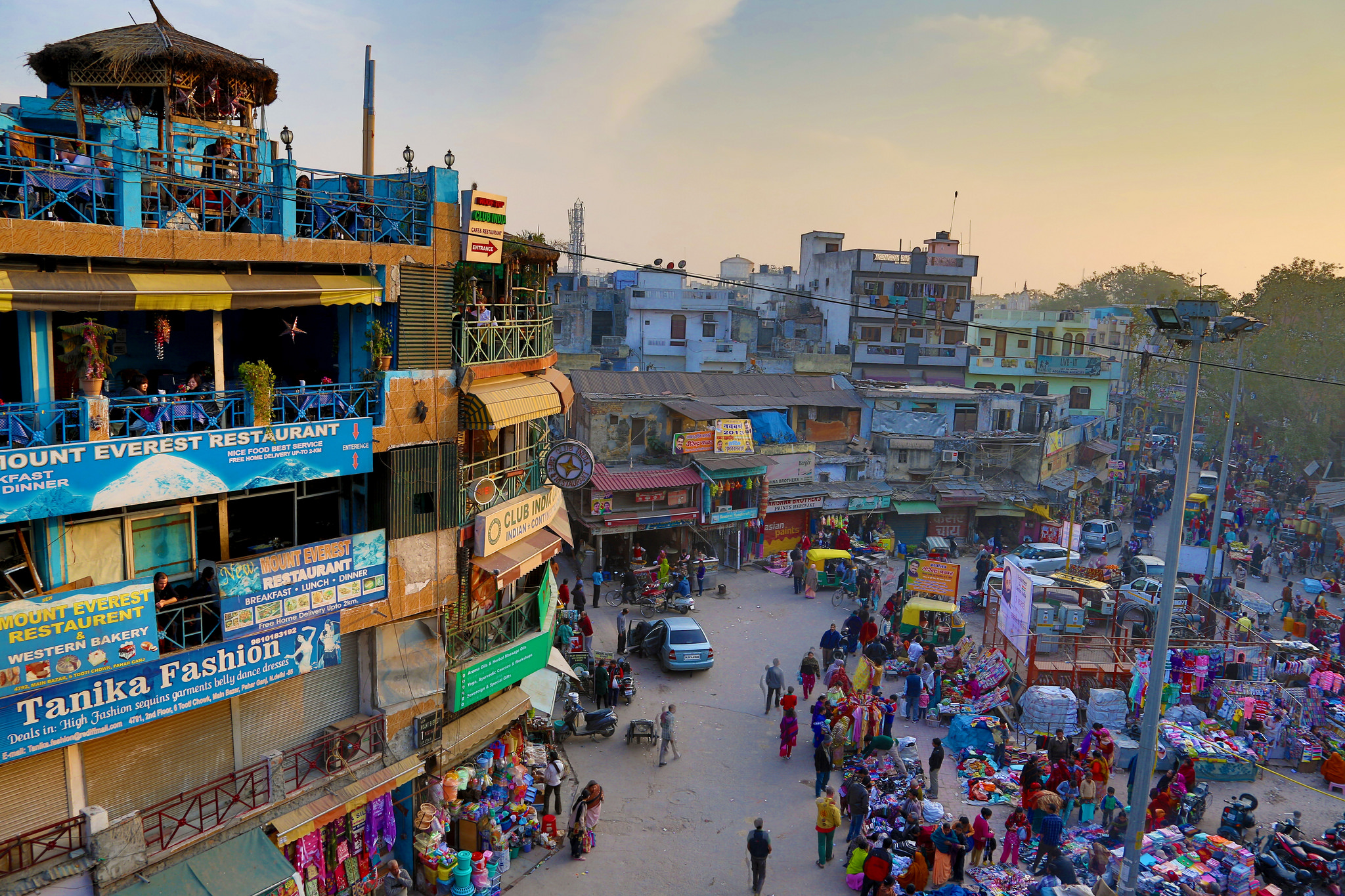By Aurora Herrera
Earlier this month Colombia celebrated the 65th anniversary of its first broadcast in 1954. Yet despite gains towards an effective public media system, significant challenges remain.
According to a study by Reporters Without Borders, over those 65 years, Colombia has built a network of over 800 national, regional, community and subscription channels with 80% of the audience share concentrated in just two private national-level channels—RCN and Caracol.
The de facto public broadcaster, National Radio and Television of Colombia (RTVC), was founded in 2004 during the three-year presidency of Alvaro Uribe Velez with four television channels, two radio networks and two online radio stations. RTVC has stated that two of their national public television channels reach over 92% of the Colombian public.
Within the last year there have been changes to RTVC’s management. In January, manager Juan Pablo Bieri submitted his resignation to the Colombian president Ivan Duque Marquez after the publication of an audio recording, which quotes him exploring options to remove journalist Santiago Rivas, presenter of the cultural program Los Purros Criollos, after he criticised a government bill on air.
The national government then appointed Juan Ramón Samper as the new manager of RTVC and reiterated their commitment to public media. Yet, for any organisation to achieve success, some consistency in leadership is key. Samper is the third manager the organisation has had within two years. In 2017 José Jorge Dangond Castro replaced journalist John Jairo Ocampo Niño as manager of RTVC. So far, the government is supportive of Samper’s appointment.
“With his experience, we seek to strengthen the Public Media System (RTVC) as a brand and continue its multiplatform expansion,” said the Ministry of Information Technology and Communications. “In addition, we will promote unification that gives an identity in image, content and participation to the regions, where all Colombians feel represented.”
Other key developments in Colombia’s media landscape include the continued progression of the independent online media project El Mutanteas well as commitments from the Ministry of ICT for best practices in freedom of expression as well as the monitoring and auditing of hiring and production processes.
El Mutantewas launched in October 2017 by start Juan Camilo Maldonado, a former director of VICE Colombia, and Nicolás Vallejo, the former editor of Noisey. According to an interview with the international Journalists’ Network (IJNET), the team of 13 identifies their mission as a drive to “create a network of citizens that can kick-start a conversation to help them understand the world around them better and transform the issues surrounding them.”
“We don’t understand journalism as a process which starts with investigative reporting and ends with an article,” said Maldonado. “Instead, we believe that journalism has constant feedback, which is done collectively with its audience.”
Earlier this year, the Ministry of ICT announced a commitment to strengthen public media and content quality after a meeting with RTVC’s board of directors. Sylvia Constaín, the ICT minister presented a strategic plan which aimed “to promote best practices in freedom of expression as a fundamental part of the debate, discussion and exchange of ideas within our democracy.”
Commitments were also made to “establish complaints about alleged acts of irregular management in hiring and resource management processes within the entity” as well as execute an external audit to review how the processes of contracting, production, co-production and operation have been carried out in recent years and if these have been adjusted to current regulations.
One other exciting aspect that has shaped the Colombian media scene is the shift from analogue to Digital Terrestrial Television (DTT). Currently DTT covers 85% of homes. The digital signal is available in 23 of the country’s main cities.
Challenges remain
Whilst these elements suggest a positive outlook for Colombian public media, the media industry as a whole faces formidable challenges. Media concentration and threats to the safety of journalists remain major issues.
In 2016, RSF launched its project Media Ownership Monitor (MOM) in partnership with the Federación Colombiana de Periodistas (FECOLPER). MOM revealed that at a national level, the top four newspapers (Q´hubo, ADN, El Tiempo and Al Día) garner two thirds of the total readership and the largest two TV channels post over two thirds of market reach and some 78% of TV advertising revenues. It was also revealed that three corporations – Ardilla Lülle, Santo Domingo (Valorem) and Sarmiento Angulo – accumulate 57% of market reach across all types of traditional media (printed press, TV and radio), due to their respective ownership of 18 (Adrilla Lülle), 6 (Santo Domingo) and 17 (Sarmiento Angulo) media outlets.
Christian Mihr, Executive Director of the German section of (RSF) commented on the findings saying, “Media pluralism is a cornerstone of any diverse and open society and for this reason, high concentration of media ownership – as we see it here in Colombia – puts democracy and freedom of opinion at risk.”
RSF project manager Nina Ludewig spoke about the lack of transparency in the media economy. “The difficulty for us was the lack of publicly available market datawhich is in the public domain in many countries but here in Colombia, it seems kept like a state secret!”
With respect to threats against journalists, the Bogotá-based Foundation for Press Freedom (or Flip) documented 477 attacks and threats against journalists in 2018, an increase of 53% from 2017. In 2018, four journalists were killed, one more than 2017.
Death threats, physical attacks and abduction are common, and the contentious relationship between the government and rebel groups make it very difficult for journalists to cover local stories. This contributes to information poverty for residents in those areas.
Earlier this month, Radio journalist Libardo Montenegro was shot and killed in Nariño, Colombia.
Nariño governor Camilo Romero declared on Twitter: “Local journalism is in mourning” and Fernando Carillo, the Colombian government’s inspector general, called the killing “an attack on press freedom.”
These challenges are highly significant to the development of public media, which relies on transparency, to ensure its independence; pluralism, to be part of diverse and democratic media landscape; and a safe environment for journalists to conduct their work and hold power to account on behalf of the public.
Columbia is currently ranked 129 in the world press freedom index.
Header image: Bogota at sunset, where the HQ of RTVC is located. Credit: ChandraDhas/istock
Related Posts
3rd April 2019
Focus on PSM | Australian Broadcasting Corporation
From leadership changes to enquiries…


